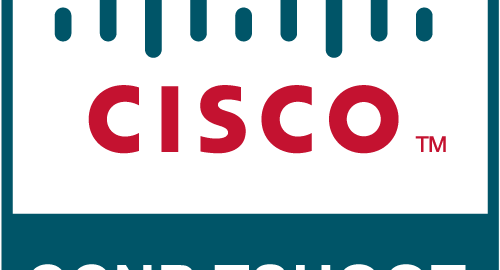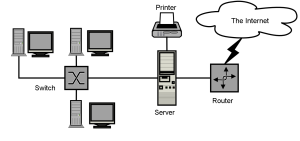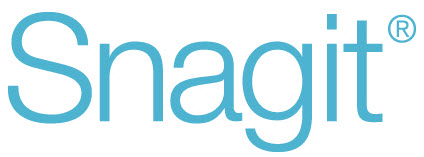I did it, passed the TSHOOT exam, which means I’m now CCNP Certified. Woop!!!
So the TSHOOT exam itself,
- 3 mutliple answer questions
- 1 Drag and Drop
- 15 support tickets to answer within a simulator

I did it, passed the TSHOOT exam, which means I’m now CCNP Certified. Woop!!!
So the TSHOOT exam itself,

The past few months I’ve forced my head into revision for the three CCNP exams, with two down, I have TSHOOT left to do, and I’m aiming to pass before Christmas Day. Which is a nice goal to have, but when I have to recertify next year, It’ll be around 24th December.
But currently, Cisco only requires you to pass one of the three exams to keep the CCNP.
The TSHOOT is an interesting exam, compared with others. It contains a small number of multiple answer based questions, however the bulk of the exam is sat around a pre-defined and publicly available topology, where within a simulator you troubleshoot various support tickets.
There’s even an online mock exam provided by Cisco, so you can get use to the way the simulator works before you sit the exam. To me, it’s very close to an open book exam, however having a busy work schedule, and a small amount of time to complete the exams, I personally will not have that much time to sit down and understand the topology inside out. So fingers crossed.
The first two chapters of the TSHOOT official study guide are actually a really good blueprint for infrastructure maintenance and troubleshooting which can be applied beyond that of just networking.
So that’s what I’m going to touch upon in this blog post.
Let’s start off with infrastructure maintenance, so this not only includes your network devices, but server and client hardware, the following are a few instances; Continue reading Applying the TSHOOT methodology to everything
Continue reading Applying the TSHOOT methodology to everything

So the #vDM30in30 challenge is over, which was started off by the guys from Virtual Design Master, and the challenge was to write 30 blog posts in 30 days. That’s all.
I took up the challenge, because it was that, a challenge, I started the blog in April 2014, but only really started to post stuff on a regular basis in July 2014. With around 30 blog posts on the site, taking the 30 posts in 30 days doubles my content, and also my exposure.

I’ve noticed a lot of activity online about people taking exams before a particular deadline.
And just exams in general, regardless of a deadline.
I’m writing this post, mainly because I’ve been struggling to revise. And others will too, also being out of education for a number of years, you forget all those great techniques you never bothered to listen to when you did your exams in high school.
But now, you can re-learn and enhance yourself. 😉
I hate it, I always have. Its hard, it’s boring, and I could be doing other stuff I hate like tidying up.

Everyone has their favourites, and mine is SnagIT. It’s not free, but it has such a great interface, I can’t face using anything else.
I use it for capturing shots of the environment, as it is now, and after I’ve changed it, and then annotating them with arrows and text.
The end result is either the shots are used for my client project documentation, or here on in the blog posts.
To show off some of the features, I am going to try to use SnagIT to capture itself.
So SnagIT is broke down into two parts, the capture side, and the editing of the captures.
We can do static images and video, with an in-depth editing of the static side, but little options for video.
So here’s the capture side, which is based around the use of profiles.